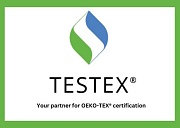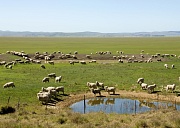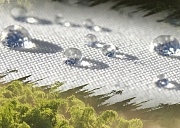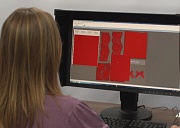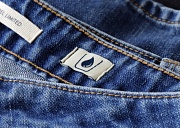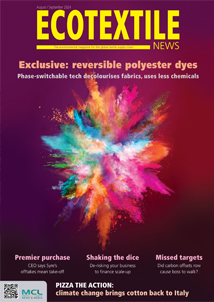SPONSORED CONTENT - Fashion is on a journey. Our relationship with clothing is changing. Consumers now look for comfort and sustainability alongside style. Athleisure’s market dominance over the last decade has morphed into a trend for ‘well fashion’.
There are multiple drivers behind the trend for well fashion.
Consumers want to replace several clothing changes in a day with a single outfit that is appropriate for the office, gym and socializing. They also want that garment to be better for the environment and they require verified evidence that it conforms to claims relating to durability, functionality and comfort.
Governments, NGOs and retailers are also initiating the change. Around the world, sustainable economic models are being introduced that focus on better design, reuse and recycling. At the same time, retailers are looking for products that meet set standards for quality, sustainability and functionality.
Industry is responding with a radical rethink of its approach to design, manufacture, acquisition, aftercare, experience and disposal – the whole product lifecycle. Designers and manufacturers are using materials and processes that deliver better quality, performance, durability, functionality, usability and sustainability.
However, simply adopting a forward-thinking approach to the well fashion lifecycle isn’t necessarily enough to succeed. Manufacturers must be able to demonstrate to buyers, regulators and consumers that well fashion products have been independently verified and conform to defined criteria relating to performance, quality and sustainability.
Better for humans, better for the planet
When developing new products, manufacturers now need to consider circularity, impact minimization and resource use reductions to compete competitively in global markets. The finished articles they create must exhibit greater functionality, protection and healthcare value, and they must be able to show independent verification of these performance claims.
SGS works with forward-thinking manufacturers around the world to help them develop innovative materials and products. Their comprehensive verification solutions help companies to successfully access new and expanding markets with inventive, high-performing products.
Developed by Pacific Century Textiles, Nu Dye® is an eco-friendly dyeing process that uses no hazardous substances. It delivers optimal consistency in color and identical unique garment dye fade-out effect. According to Pacific Century Textiles’ findings, Nu Dye® allows substantial water, energy and chemical savings in comparison to traditional dyeing methods.
Consumers want high performance, comfortable textiles. Bemis’ advanced three-layer seam tapes made from recycled polyester jerseys ensure textiles meet stretch and recovery requirements without compromising waterproof performance.
Consumers also want products that keep them cool and dry and offer protection from the sun. One Boy®, owned by Juo Yu Co., Ltd., is a clothing brand that is developing clothing that meets these comfort criteria, including instant cooling. This is a technologically advanced new form of material that pulls perspiration away from the body and then uses it to help the material actively cool the body’s temperature.
These companies, and many others, are verifying their product claims through independent testing and certification by SGS.
SGS Voluntary Marks
SGS provides a variety of voluntary marks to help manufacturers demonstrate their product’s conformity to set criteria. Independent verification creates transparency, closing the gap between manufacturer, retailer and consumer, and enabling buyers to make better informed purchasing decisions.
- SGS Independently Checked Mark (IC Mark) – shows conformity with defined criteria for quality, performance, durability, functionality, usability, workmanship and preferred material status
- SGS Environmental Claims Certification Scheme (Green Mark) – independent certification against defined assessment protocols for specific environmental claims
- SGS Performance Mark – demonstrates a product’s claimed feature, performance or function has been verified by a third-party laboratory
Read the full story on www.sgs.com/wellfashion














